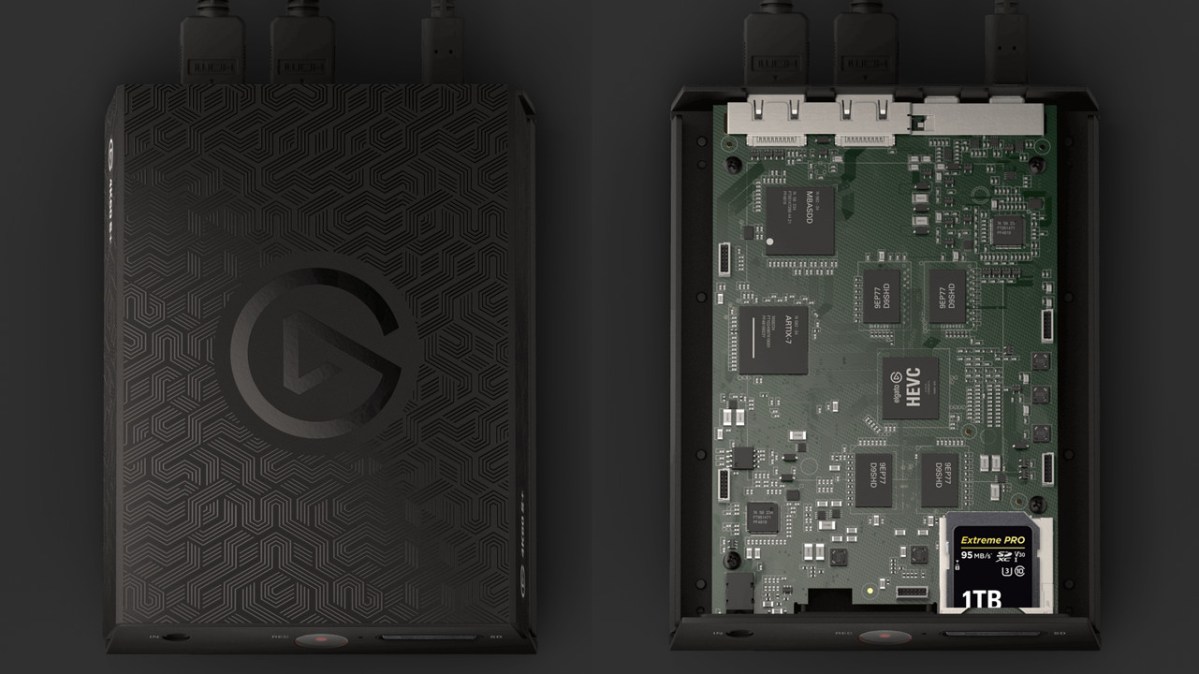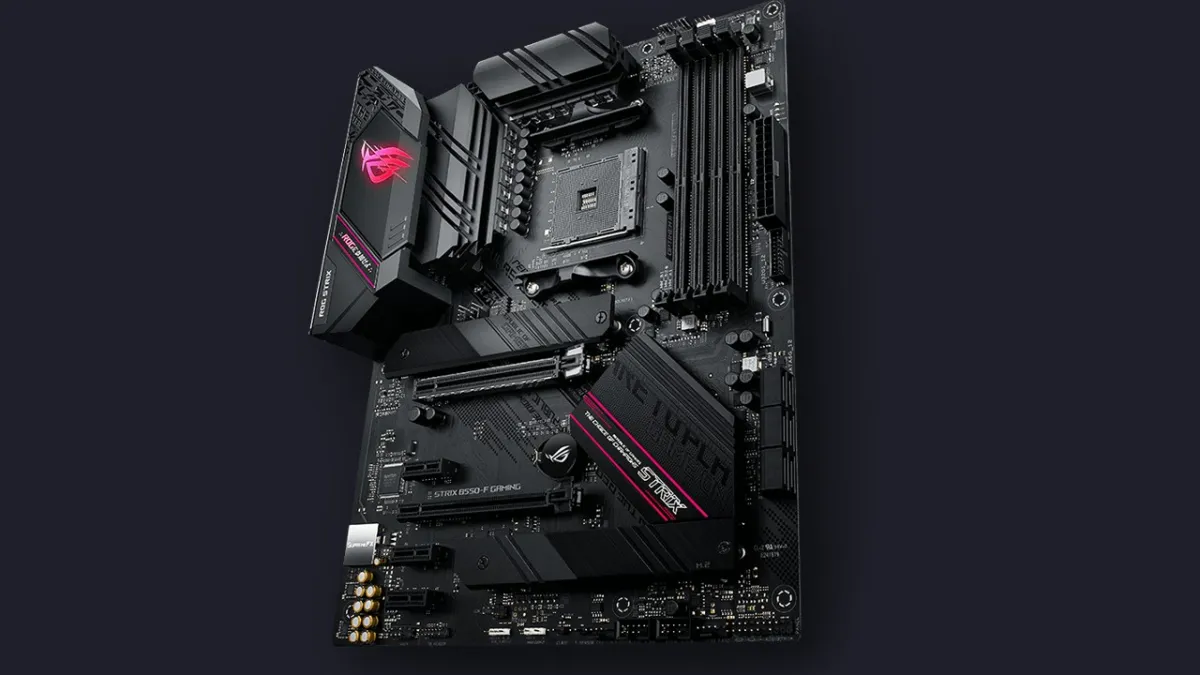Capturing high-quality footage and streaming from a PC or console has gotten much easier in recent years. That said, there aren’t a lot of options for getting top-quality 4K footage at 60 FPS. Enter the Elgato 4K60 S+, the company’s latest entry in the consumer gaming video market.
This product was provided by Corsair for the purpose of this review.
4K footage has been a particular struggle for most game capture and streaming setups. Rendering 4K alone is difficult enough for most modern machines, so capturing footage locally with something like Nvidia ShadowPlay or OBS can be problematic. The 4K60 S+ is aiming at addressing the issue for those who don’t want to invest in a dual PC capture setup. Its small form factor and onboard encoder lets you capture footage on the go or plug it right into your PC for direct capture via USB 3.0.
Here are the technical details:
- Input: HDMI (unencrypted) 3.5 mm stereo line-in
- Output: HDMI (lag-free passthrough)
- Supported resolutions: up to 2160p60
- HDR 10-bit: passthrough and recording
- Encoding: HEVC/H.265 HDR, AVC/H.264
- Dimensions: 142 x 111 x 32 mm / 5.59 x 4.37 x 1.26 in
- Weight: 345 g / 12.35 oz
Rough and tumble
Let’s start by looking at the design itself. The Elgato 4K60 S+ is sturdily constructed with a lightweight metal chassis. The front houses your SD card and line-in audio inputs as well as a capacitive button for starting and stopping recordings in standalone mode. There is also a small LED indicator that shows you the current status of the device.
On the back, you’ll find two HDMI ports, one for video in and the other for video out, as well as two USB-C ports. Those USB ports lead to the power supply and to a USB-A connector for direct interface with a computer.
The rest of the design is minimalist. A logo with the name of the unit is emblazoned in white on the opposite corners of each side of the black casing with a stealthily placed Elgato logo engraved along the top. The only other distinguishing feature on the casing is two parallel rails of rubber feet along the bottom that ensure that the unit will not slide around once placed.
Recording remotely
The main appeal of the 4K60 S+ is mobility. With just the unit and a Class 3 SD card, you’re basically a mobile recording studio. Setup is quick and elegant; the whole thing is light and small enough to not slow you down when you’re on the go. The line-in audio port even allows you to capture live commentary on top of your footage. If you’re about to run out of space on your SD card, the device automatically wraps up your current recording so nothing you previously captured will be lost. Testing the unit with Red Dead Redemption 2 produced crisp, clear 4K footage.
Once your SD card is inserted, recording is as easy as touching the capacitive recording button at the front center of the unit. After your first use, a settings folder is created on your SD card. Within you can change recording format to MP4 or MKV for more file security, your bit rate per resolution, audio inputs, video encoders (AVC/H.264 for SDR feeds, or HVEC/H.265 for HDR), and audio volume levels.
Elgato claims of lagless HDR passthrough are pretty accurate. During my time with the unit, I never perceived any lag in controls while recording. It’s an easy process to set it and forget it so you can focus on getting sweet clips for your montage or whatever.
Anchored down
So, what about people who just want a desktop solution that doesn’t involve a second PC? This is a solid choice for them, too. An extra USB-C-to-USB-A cord is included to connect the 4K60 S+ to your PC. This does require some additional software though. Elgato’s 4K Capture utility and its Sound Capture app (which is only available as part of its Game Capture HD) are going to be needed. The 4K Capture Utility has the basic functionality you would need, but if you’re looking to use anything other than your HDMI display as your sound source, the Sound Capture app is needed to split your audio feeds.
Within the 4K Capture Utility, you’ll have a window previewing your feed as well as your audio levels, how long you’ve been recording, and how much space you have left on your target drive. Additionally, this software provides a quick screenshot button and a customizable flashback system to capture video you may have otherwise missed. There doesn’t seem to be any hotkey support though, which seems like a major oversight. With a program like OBS or XSplit, you can assign a key to start or stop your records. The lack of this feature here makes starting recordings a bit cumbersome.
Gently down the stream
Additionally, the library tab lets you set up custom folders based on game, recording length, resolution, and more. It’s a small touch, but for those of you who are diligent about file management, it’s a plus. Lastly, the device also supports Stream Link, which allows you to pair your capture with streaming software like OBS or XSplit. This functionality is limited to 1080p60, but honestly, who is out there watching 4K Twitch streams?
A drawback of this unit is the lack of 1440p and high refresh rate support. Considering that 1080p60 and 4K60 are the current standards for most video, it’s only a niche audience that will be missing out though. The only real flaw I could think of is the lack of a physical record button instead of a capacitive one, but that just comes down to preference.
The black box
The Elgato 4K60 S+ is about all you could ask for in a capture kit. It’s lightweight, sturdy, and does the job. Its robust feature set should future-proof it for a good while. That’s great, because it is on the expensive side at $399 USD. If you’re in the market for a high-grade, portable recording solution, this is the product for you.






